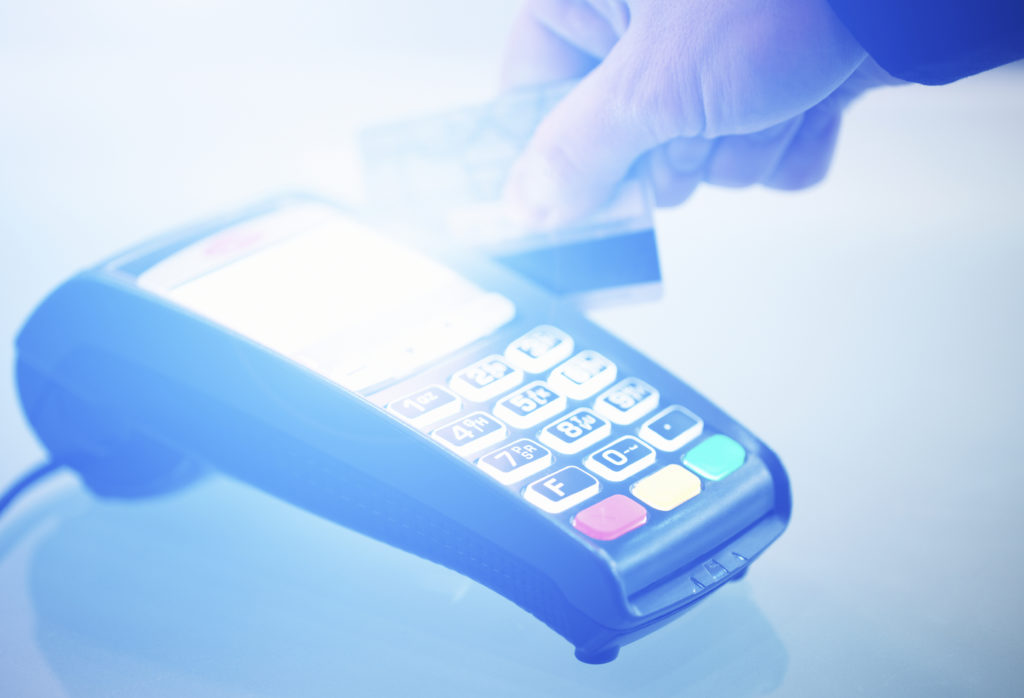The United States is currently undergoing a transition to EMV, or so-called “chip and pin” credit and debit cards, rather than cards that have magnetic strips on them. The more advanced cards have internal microchips, and require a person to insert the card into a special reader. If it is a debit card, they will need to enter a personalized identification number when prompted.
Some countries already use such cards regularly, such as:
- Ireland
- Canada
- The Netherlands
As of the end of 2015, an estimated 400 million EMV cards had been issued to consumers, and about 675,000 U.S. merchants could accept transactions from EMV cards. There are several reasons why it is smart for your company to follow suit and become compliant with the new cards, too.
Reduction of Counterfeit Cards
Unlike cards that have magnetic strips, it is almost impossible for fraudsters to create counterfeit EMV cards. That is because the internal chip where the payment information gets stored is much harder to retrieve and replicate than the older technology.
Unprepared Companies Are Liable for Fraudulent Transactions
As of October 2015, U.S. merchants were given a major reason to make sure they are able to accept EMV cards as soon as possible. Specifically, businesses that are not equipped to accept EMV cards are held liable for fraudulent payments.
Understandably, this shift in liability could become very costly for businesses that are not prepared to accept the new cards. That is especially true if those company leaders do not feel motivated to make the switch.
If your company currently conducts credit card transactions, representatives must abide by the Payment Card Industry Data Security Standard (PCI DSS), which ensures sensitive data gets stored properly. If you do not comply with the PCI DSS, your business is at risk for having to deal with fraudulent transactions. Unfortunately, that risk only goes up if you delay transitioning to being able to accept EMV cards.
Customer Confidence May Go Up
When customers become aware you can accept EMV cards, they may feel more at ease doing business with you. That is because customers may already be acquainted with the newer cards (particularly if they have traveled extensively outside the United States). Those consumers would likely know the security associated with EMV cards is more robust compared to the magnetic strip cards.
Furthermore, it is important to realize that upgrading your system to comply with EMV terminal technology does not mean you will no longer be able to accept older cards with magnetic strips. At least for the foreseeable future, all EMV cards will have magnetic strips, too.
Besides the points outlined above, keep in mind that by failing to make your business compliant with EMV terminal technology, you could potentially miss out on business from customers. In particular, those who do not have access to anything but EMV cards could not buy things from you.
Making the upgrade will involve getting special readers that recognize EMV cards. However, try to view that investment as one that will make you ready to align with the future of credit card and debit card transactions — one that is more secure for customers and merchants alike.
